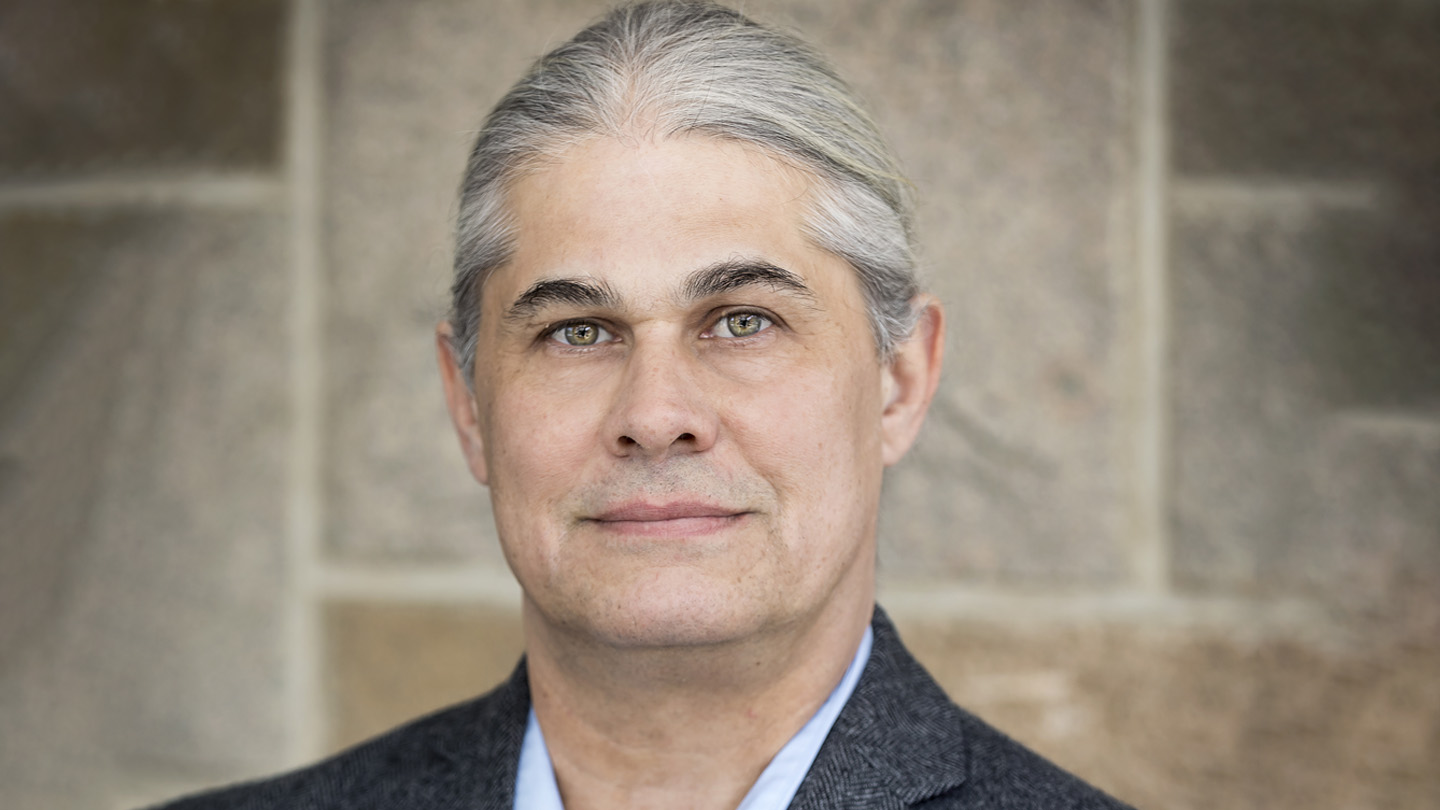From research to action and back again: Professor Jim Slotta on addressing social and political crises through Critical Action Learning Exchange (CALE)

At a recent Focus on Research event hosted by the Office of the Associate Dean, Research, International & Innovation, Professor Jim Slotta discussed the Critical Action Learning Exchange (CALE), a community and pedagogical framework that engages teachers as co-designers of curricula designed to inspire students to address pressing social and environmental issues.
The theme of this year’s lecture series—from research to practice and back again—highlights the interdependency of research methods and findings and their implementation.
“Traditionally, research is conceived as informing and shaping social and educational policy and curricula,” says Michele Peterson-Badali, Associate Dean, Research, International and Innovation. “This model of research is hierarchical and unidirectional. The researcher is the expert holder of knowledge, and research outputs flow from the researcher to practitioners and educators.”
“The talks we are hosting this year complicate this research model and offer the OISE community inspiration on what research can look like when practice also informs research from the proposal stage to implementation.”
Slotta’s work with CALE exemplifies how research on classroom learning can be informed by students’ learning needs and their experiences in the classroom. A longtime advocate of climate change-related curriculum in STEM subjects, Slotta has turned his attention to mitigating the negative emotional impacts of learning about climate change, gender inequities, economic uncertainty, and other pressing social and environmental issues.
Students are reporting high levels of anxiety related to the subject matter of the curriculum. In Ontario, one recent survey suggests that more than 50% of Ontario high school students are experiencing significant anxiety and sadness about their future because of climate change alone. This and similar findings gave Slotta pause.
He set out to add meaning to the STEM curriculum by integrating art-based critical action learning. “When you add art into the STEM curriculum, you engage students in deep, critical thinking,” he says. This is important pedagogically as you are supporting identity formation as well as the ability to initiate action as a member of a community. Engaging in collective action may have some capacity to protect against depression, anxiety, and a sense of hopelessness.”
Slotta is well aware of the inherent challenges of supporting action-based learning, which relies on the active participation of students not only as learners but also as generators and contributors of knowledge. Learning through critical action can be unpredictable and more chaotic than learning in a traditional classroom, but has the potential to foster deeply meaningful learning.
“When implementing lessons that engage students in deep inquiry, teaching is about taking risks. Students will be debating, talking, arguing, and asking questions. Teachers will be challenging the class. Students will be learning technology. Students will be learning from one another. Teachers will be learning from students.”
This is where the Critical Action Learning Exchange (CALE) comes in to provide much-needed support for teachers. By providing a forum for a professional learning community as well as a scaffolding for curriculum, CALE fosters teachers’ professional development and makes critical action learning accessible and practical.
CALE supports pedagogical approaches such as arts-based critical action, storytelling, community engagement, and learning through critical action games. The CALE website outlines strategies for each pedagogical approach, reflects on how to engage students in critical action, provides concrete examples of particular lesson plans, and technology supports for lesson design. CALE has engaged hundreds of teachers in more than 100 countries, including substantial projects in China and India.
Led by Slotta, the CALE research team is truly a collaborative effort. OISE graduate students and researchers engaged in this work include Renato Carvalho, Erfane Ghasempour, Christine Tewfik, Rubaina Khan, Anuli Nbubuisi, Meera Sharma, Aakriti Mahajan, Yoonsuh Lee, and Kathy Zhou. Preeti Raman, an OISE alumna and current Assistant Professor at Toronto Metropolitan University, Zhang Xinhua, Professor of South China Normal University, and Khyathi Vinay, Vice Principal, Charans Public School in Bangalore, have also joined the CALE team.
The Presidents’ Chair in Education and Knowledge Technologies, Slotta is well-positioned to undertake this work at OISE. He has spent two decades studying the impacts of critical action learning, and is the holder of an infrastructure grant from the Canada Foundation for Innovation. CALE also received funding from the University of Toronto’s Connaught Global Challenge program.
CALE has undertaken projects to support the development of action-based learning in schools in Canada, China, and India and has studied the impact of these projects on learning to inform future projects.
In southern China, one project involved students in thinking about sustainable architecture to prevent flooding. In Bangalore, India, students engaged in Rangoli, a traditional art form, to articulate issues they were facing as individuals and as a community such as conserving water and supporting girls and women. In Toronto, students undertook a project to study the ecology of the ravine behind their school and to reflect on the impact on biodiversity and the purpose of green spaces in the city more generally.
In all instances, teachers took part in the study as co-designers of curriculum. In turn, the participatory nature of the lesson plans engaged students in co-creating knowledge, providing a sense of agency and concrete examples of how they can change the world, Slotta says.
“Through community engagement in these projects, young people were able to generate positive change and felt empowered by adding their own voice to the classroom and the community beyond the classroom.”